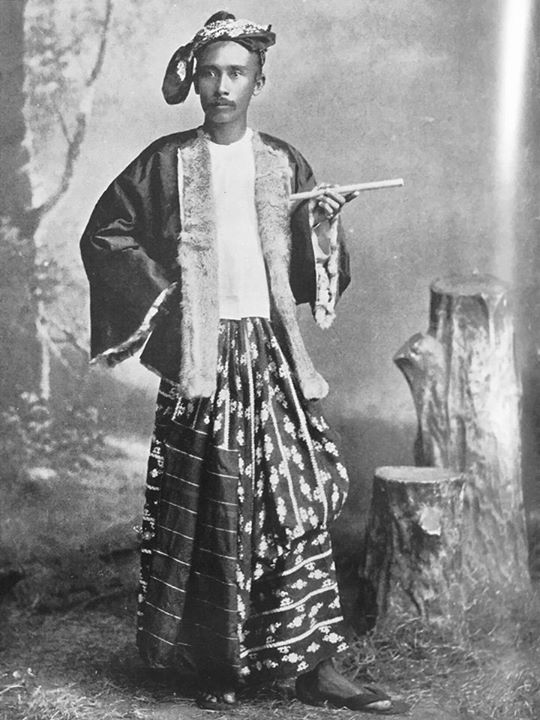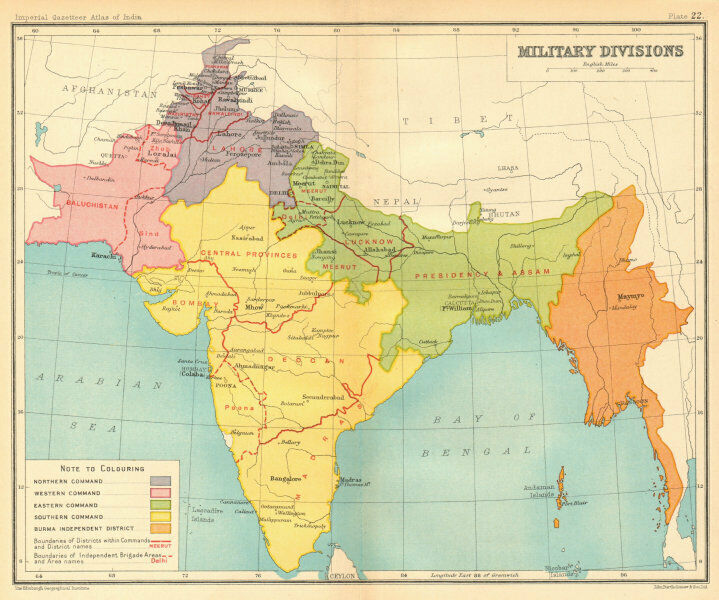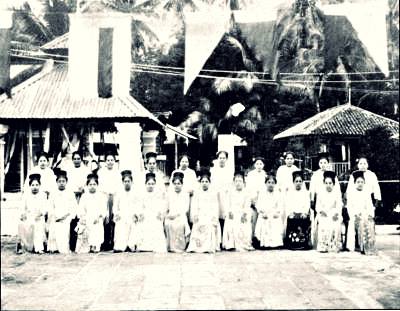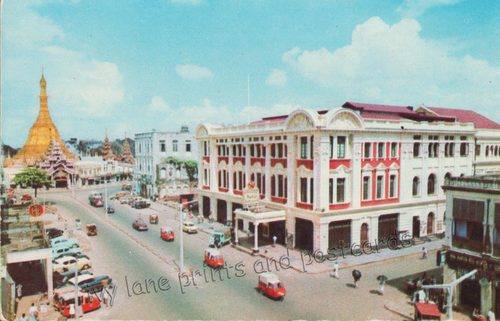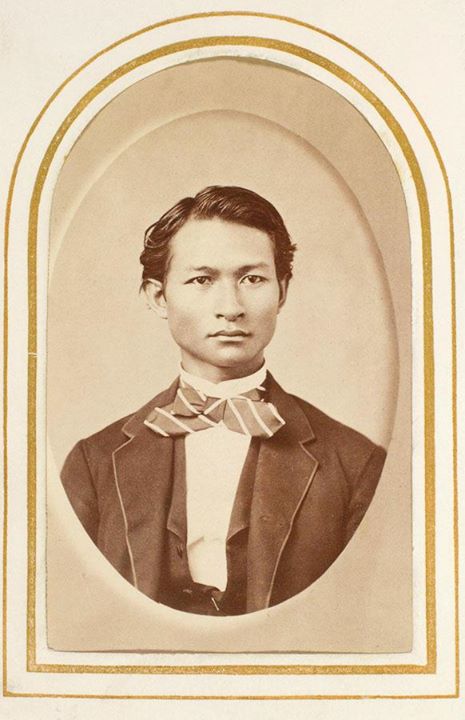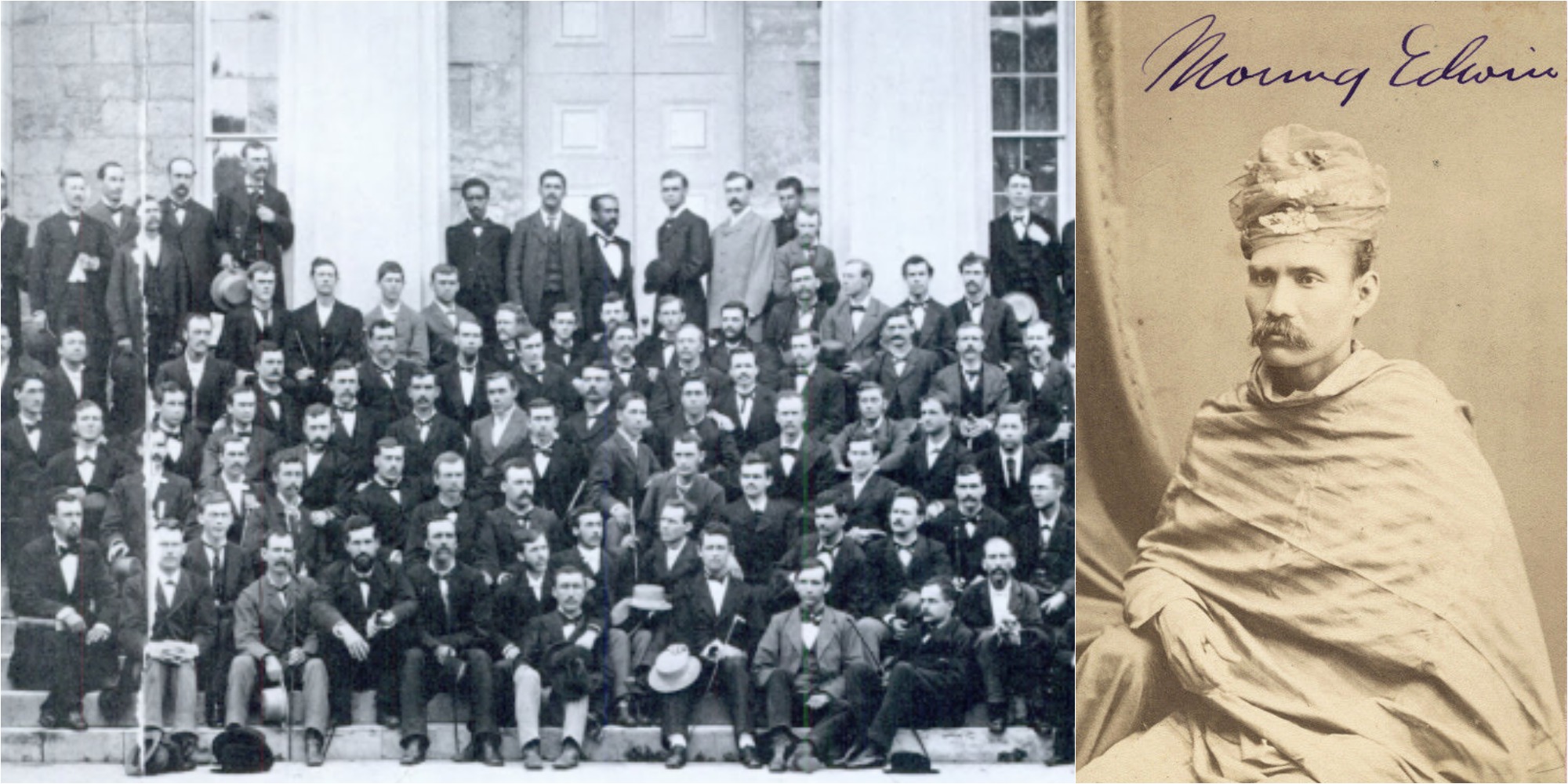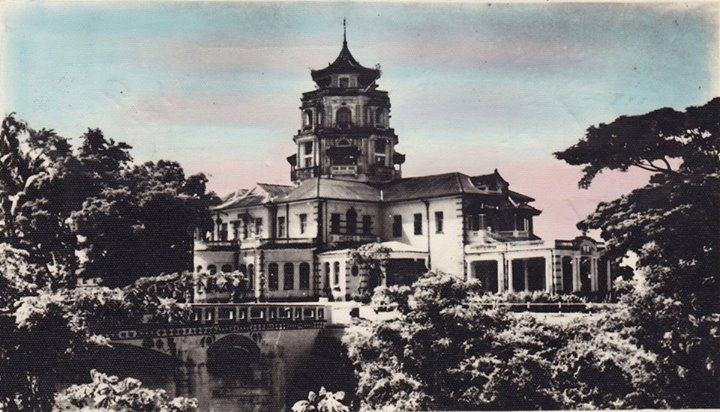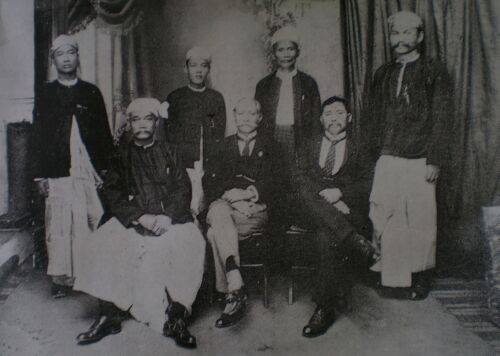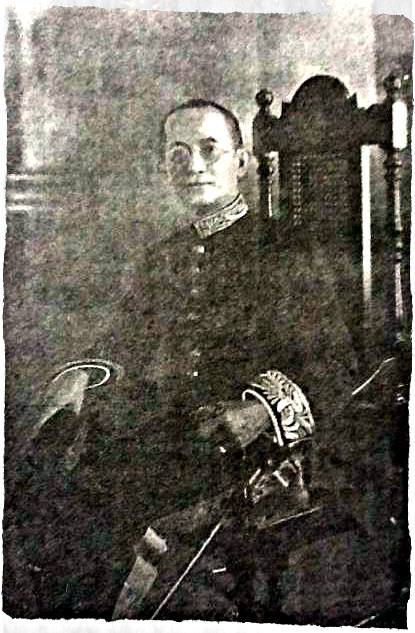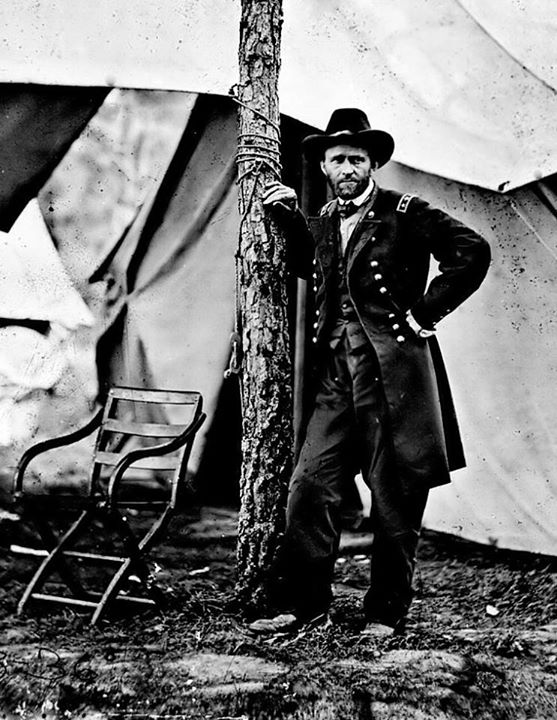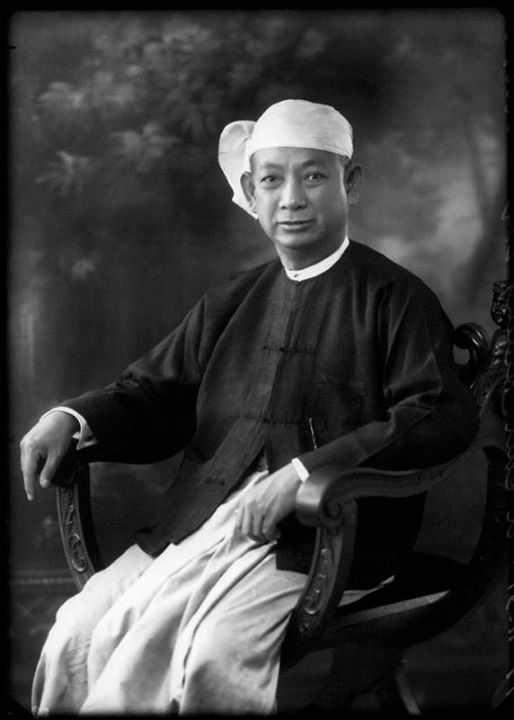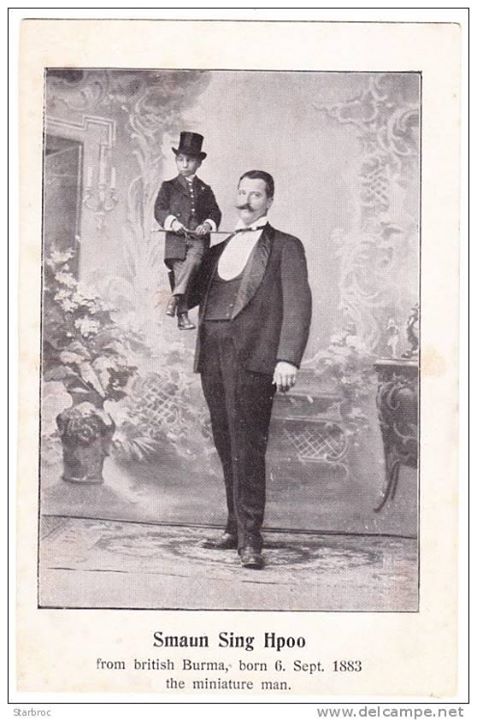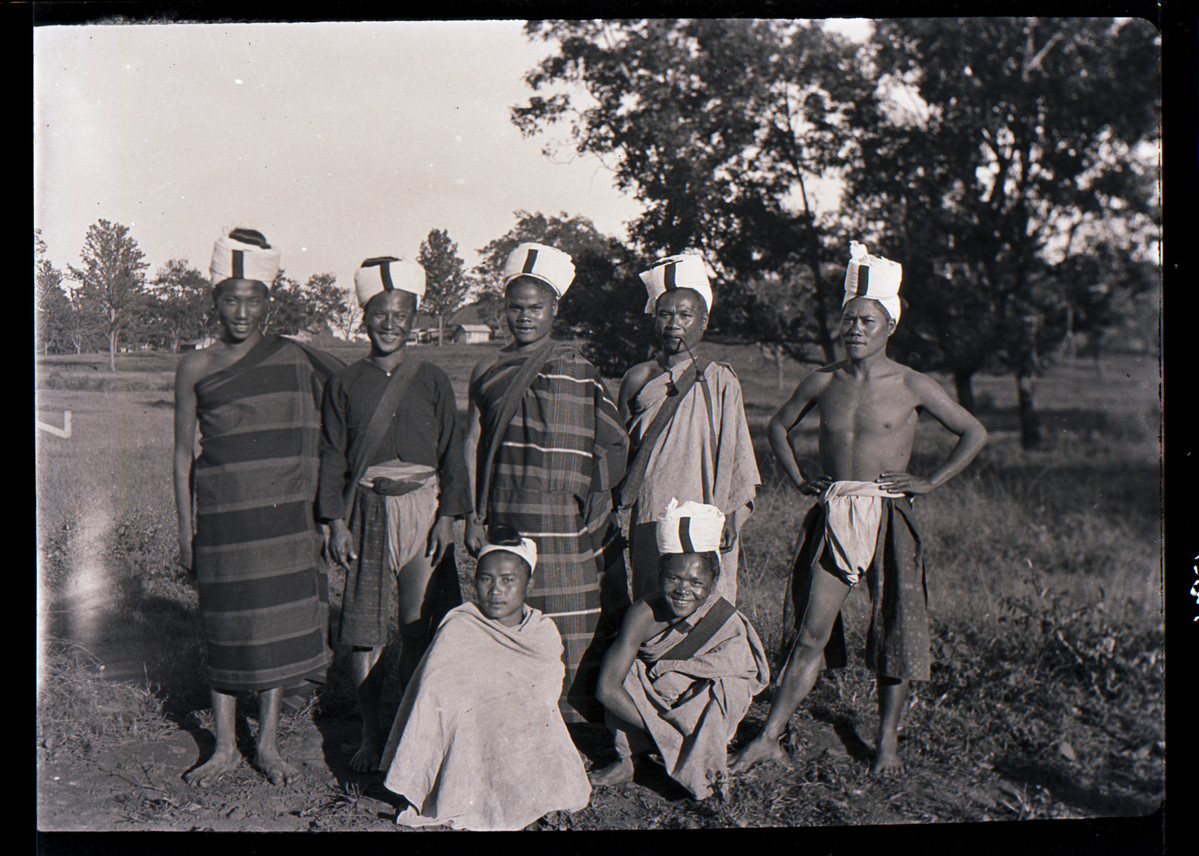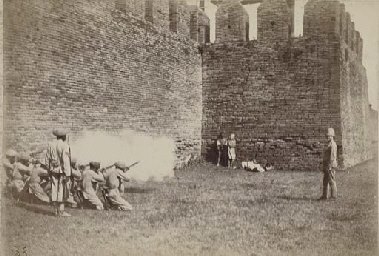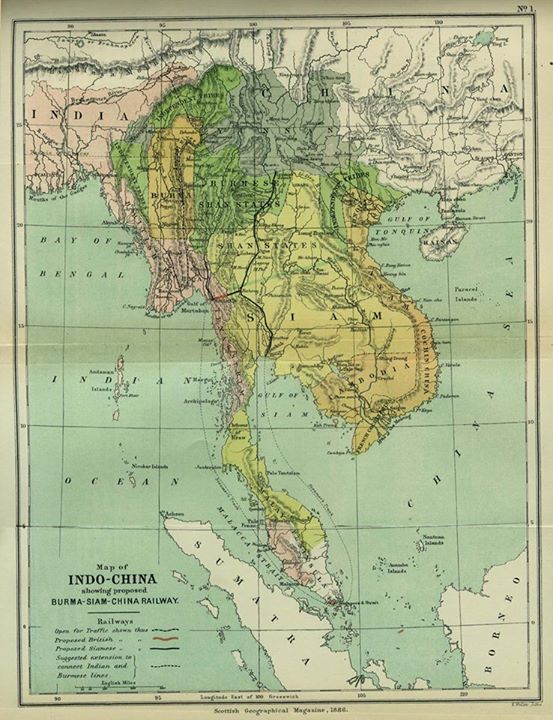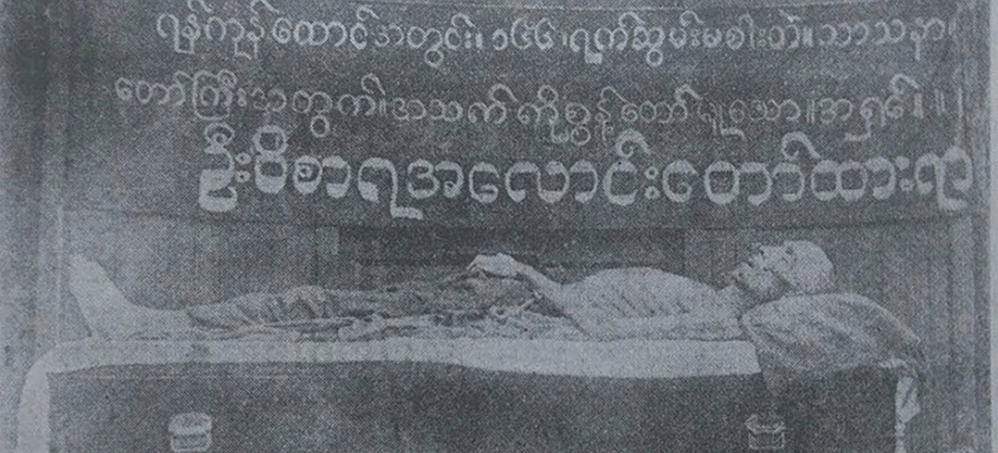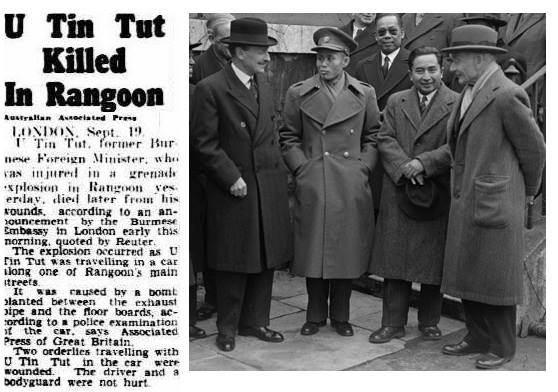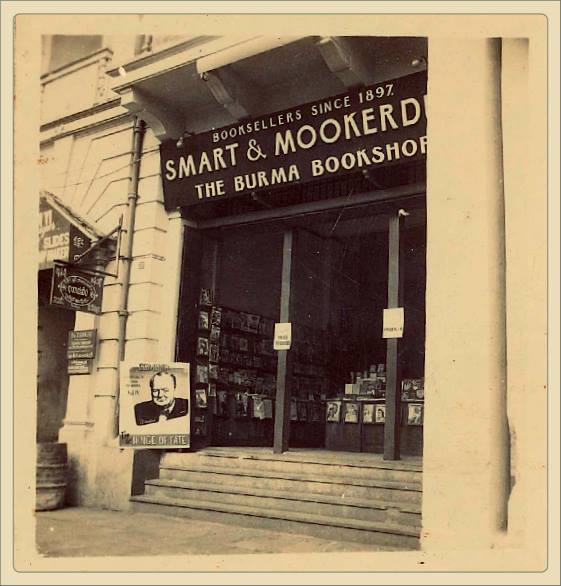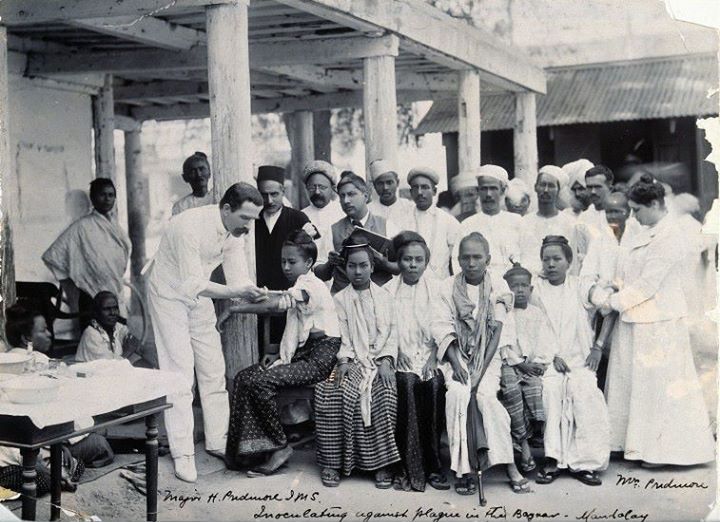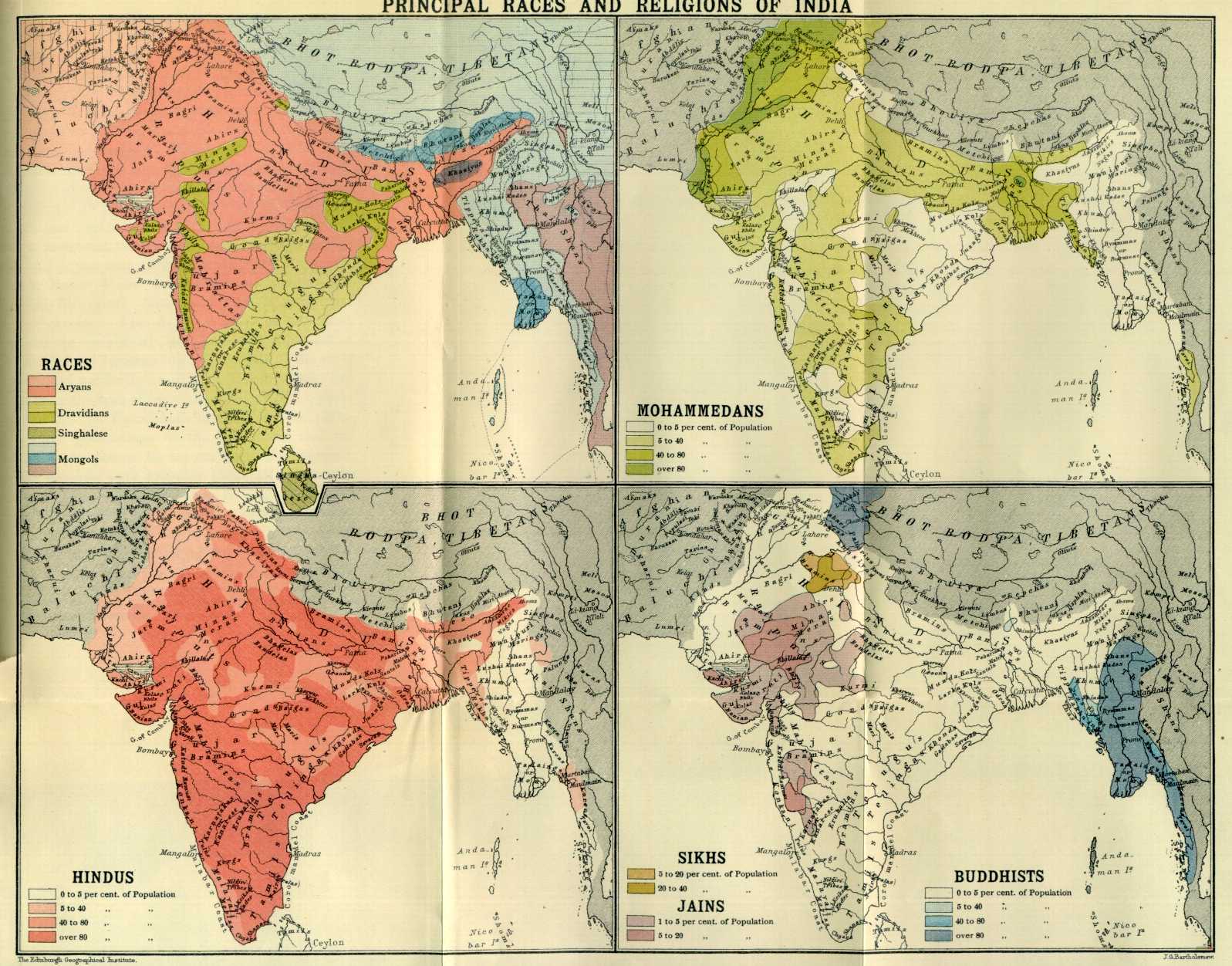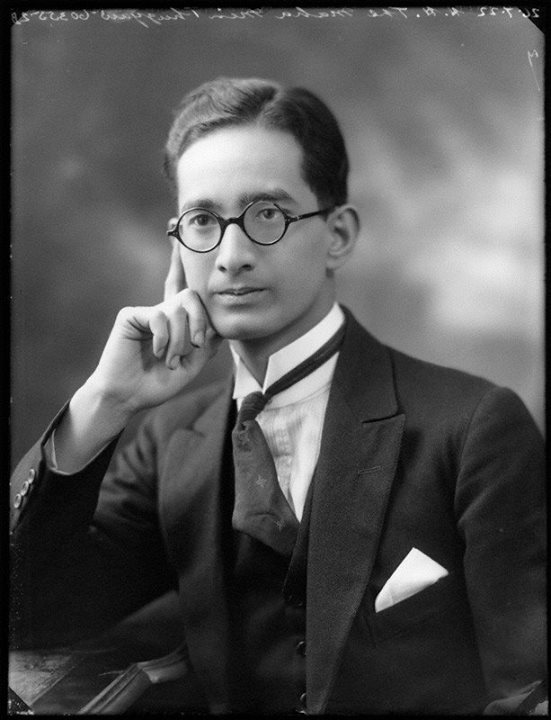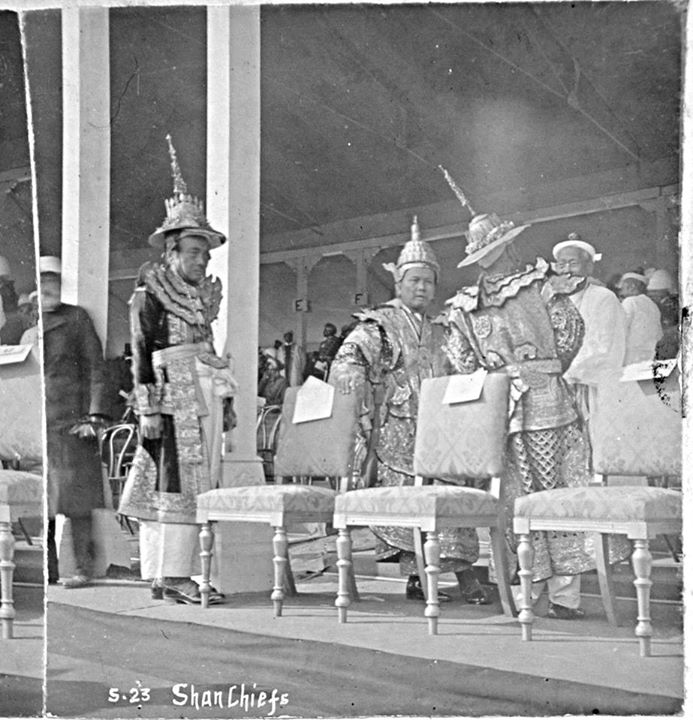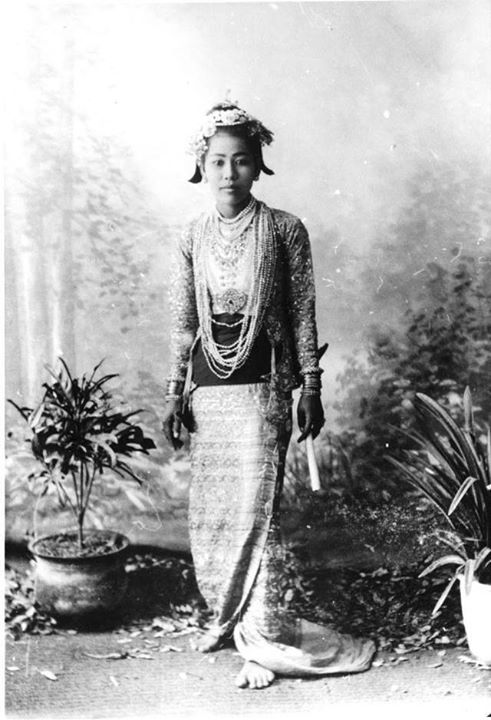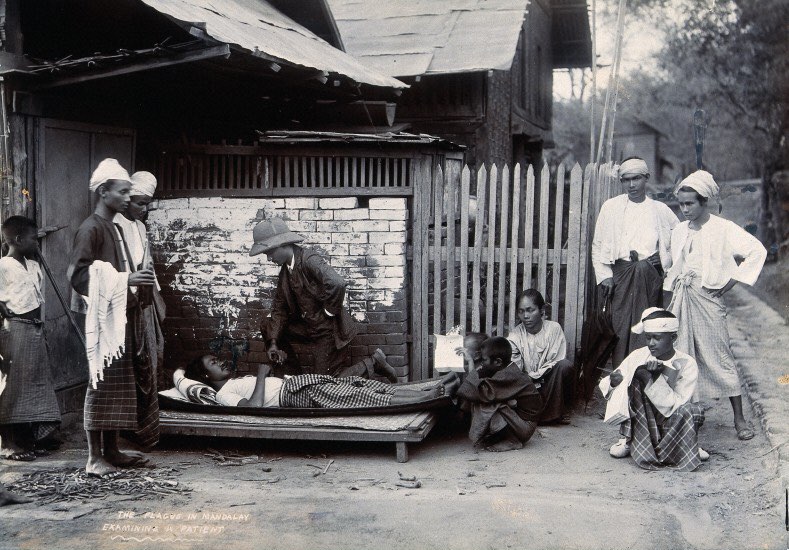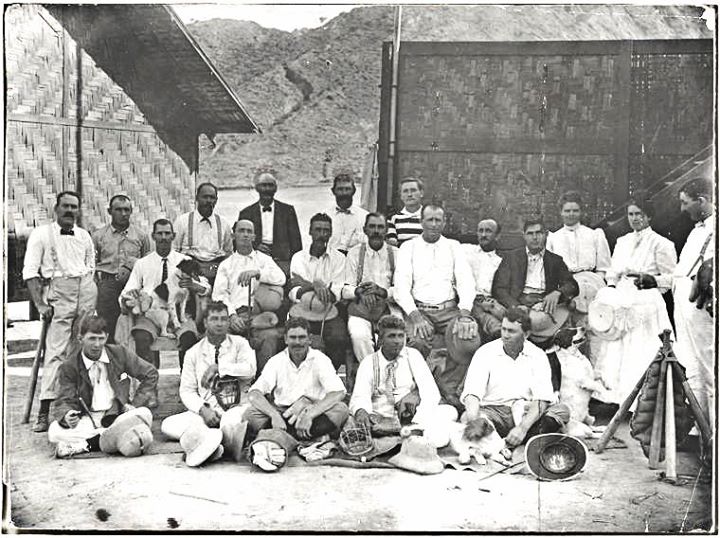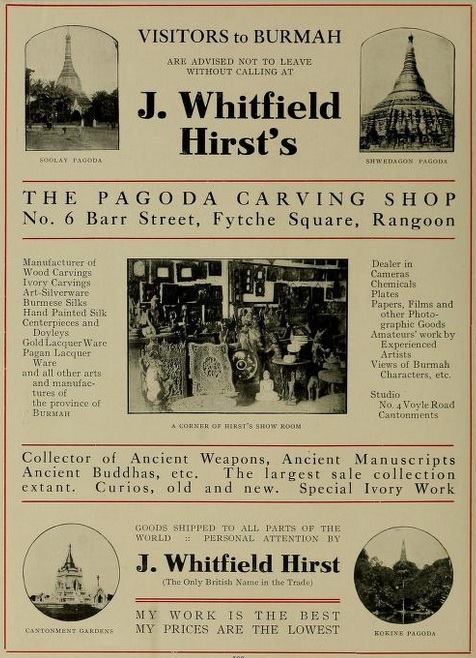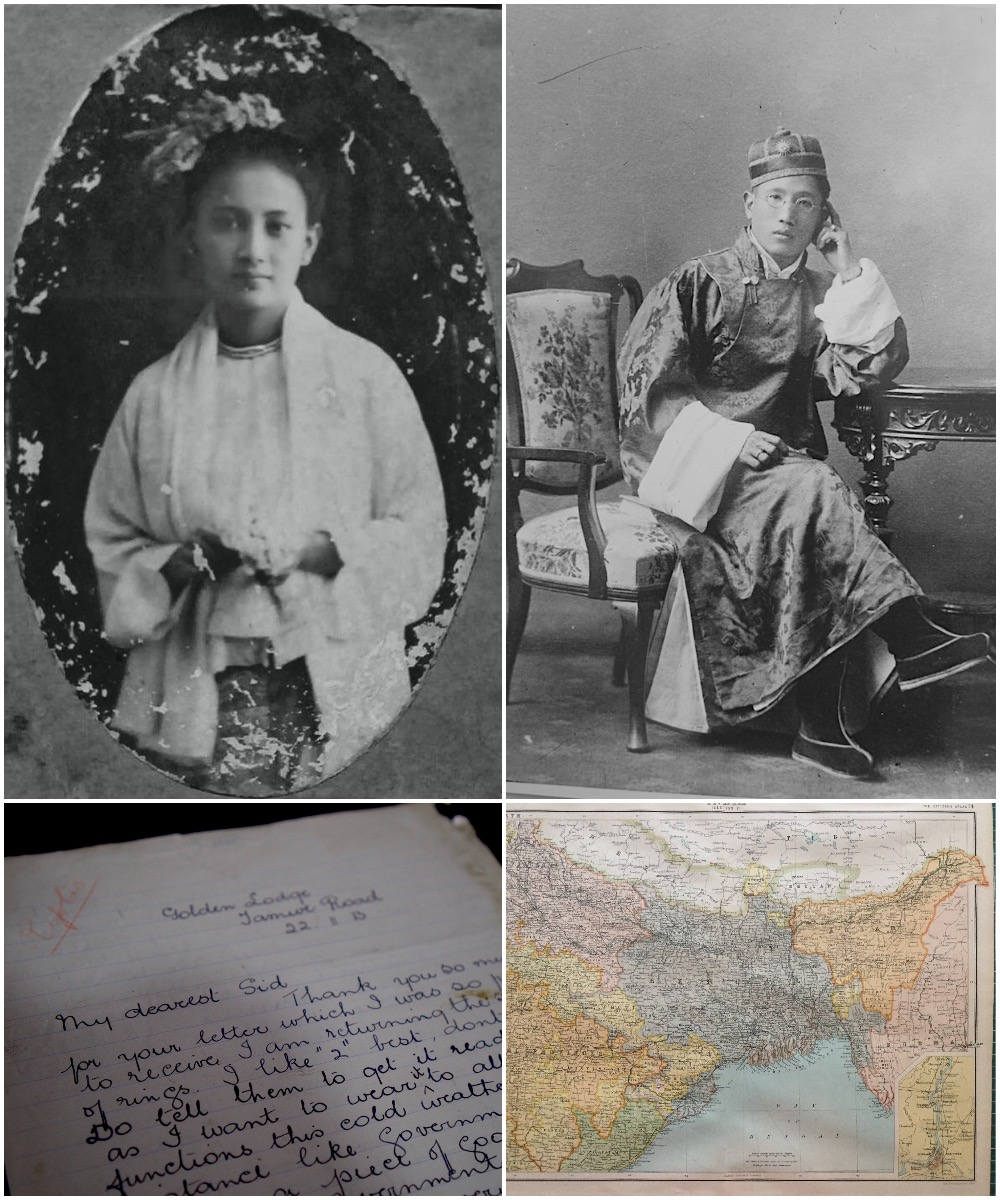British Burma (1826-1942)
For over a hundred years, Britain ruled parts of what is today Myanmar, shaping every aspect of the country’s politics, economy and society.
Far from being a static period of stability, British Burma was marked by change and upheaval. As it had done in India, the colonial power uprooted the ruling dynasty: the last Mughal emperor of India was secretly buried in Rangoon, while the descendants of Burma’s last king ended up living in penury in a slum in Kolkata, India.
It was a time of searching for new identities and political systems, with various forms of resistance to British rule from the armed uprisings during the early “pacification” of Upper Burma to the heated politics and protests of the decades prior to World War Two. The political landscape was peopled by British-educated Burmese politicians and home-grown activists inspired by Ireland’s Easter Rising of 1916. The first-ever election was held in 1922 and, a decade later, it was decided at the Burma Roundtable Conference in London that Burma would separate from British India – perhaps the single most important decision in Myanmar’s 20th-century history.
Through the empire and technological advancements in transport, Burma became connected with the rest of the world like never before: thousands of Chins, Kachins, Burmans and Karens served in World War One and Rangoon was a key stop on the world’s first long-haul commercial flights. Until the Great Depression struck, business boomed with big profits from exporting rice, teak and oil – at one time the Burmah Oil Company was one of the biggest multinational companies in the world.
In 1927, The Chilean poet Pablo Neruda lived in Rangoon and later encapsulated these heady times in a poem describing the capital of British Burma as “a city of blood, dreams and gold
The origin of today’s Myanmar men’s outfit
There is a misconception that the outfit Myanmar men wear today is a very old one. In fact, it is around a hundred years old. It was only in the early 20th century when the traditional paso began to be replaced with the much simpler India-derived longyi and men began to wear English collarless shirts together with a Manchu ma gua (literally "horse jacket" for riding). A precursor of today's taik-pon, the fur-lined ma gua had been worn by the Manchu...
Read MoreFrom the Great Depression to Riots and Rebellions
In the 1930s, Burma was in crisis. Burma was then a province of British India. Under a new "dyarchy" system, the government included ministers chosen by the Legislative Assembly, which included both elected and non-elected Members. Elections had been held in 1922, 1925, and 1928 and were contested by an array of new political parties. The focus of all the political parties was constitutional change and "home-rule". At the same time, life for ordinary people was going from bad to...
Read MoreBritish India military commands c. 1931
Over the late 1880s, the British Indian Empire annexed the territories of King Thibaw, the last Burmese monarch. Adjacent upland areas - like the Kachin and Wa Hills - were gradually added between 1900 and 1930. Together with Arakan and Lower Burma, they formed "British Burma". Until April 1937, British Burma was a province of British India, ruled by a Lieutenant Governor who reported to the Viceroy in Calcutta. The British Indian Empire was a military occupation. The British Indian...
Read MoreMyanmar’s first modern migrant workers - Cheroot Ladies
This photograph features some of the country's first modern migrant workers - the "cheroot ladies" who were sent to Penang in the 1890s to work at a Chinese-owned cigar factory. Many ethnic Burmese in Penang are descended from these women.
Read MoreThe Goan community of Myanmar
Rangoon was once home to a sizeable community of Goans (from then Portuguese Goa in India). The building in the picture was one of the biggest Goan businesses in the city: E.M de Souza's chemists (pharmacy) at 465 Dalhousie (Mahabandoola) Street. The building now belongs to Myanmar Posts and Telecommunications. Sadly, the portico has not been preserved.
Read MoreRev. Theodore Thanbya (1842-1920)
This portrait photograph is of one of the very first students from anywhere in Asia to study in America, the Rev. Theodore Thanbya (1842-1920). Theodore attended Rochester University from 1868-1871, mastering Greek and Latin, and even delivered his class's senior oration at graduation; the subject he chose was "The Contest for Commercial Supremacy in Asia". Theodore went on to live a long and fruitful life in Kemmendine, Rangoon, as a leader of the Karen community and the reverend of the...
Read MoreA Karen in America 1879
Born in 1849, Moung Edwin was among the very first Burmese students to study in the United States. His father was U Shway Bo, the first Pwo Karen pastor in Burma. After arriving in the US in 1875 he first attended the Crozer Theological Seminary in Pennsylvania (the same seminary that Martin Luther King Jr would attend 75 years later). He went on to study at Iowa University, graduating with a law degree in 1879 and returned to Burma where...
Read MoreDescendant of Genghis Khan secretly buried in Rangoon
On 7 November 1862, the last Emperor of India, the last of the Great Mughals, Bahadur Shah Zafar, direct descendent of Timurlane and heir to Genghis Khan, died. Aged 87, heart-broken, and a British prisoner in Rangoon, he was buried at an unmarked grave just south of the Shwedagon Pagoda. The Mughal empire was one of the greatest the world had ever known. At it's peak around 1700 the empire stretched from what is today Uzbekistan through Afghanistan and included...
Read MoreThe Lim Chin Tsong Palace
Pictured here is the Lim Chin Tsong Palace (c. 1920), which is located at the corner of Kokine and Victoria roads (now Kaba Aye Pagoda Road and University Avenue). Lim Chin Tsong (1867-1923) was a very successful Sino-Burmese businessman. Born in Amoy and educated at St Paul's in Rangoon, he went on to become the owner of the Rangoon Turf Club, and a Member of the Burma Legislative Council. In 1918, he built this lavish residence in a peculiar mix...
Read MoreDr San C. Po, the leading Karen political leader of his time
Dr San C. Po, the leading Karen political leader of his time was born near Bassein (Pathein) on 4 October 1870. He travelled to the US at the age of 14, eventually studying medicine at Albany. He becamethe first "Burmese-American" but later returned to Burma and later renounced his US citizenship to enter Burmese politics. He was a medical doctor and writer, as well as a politician and Karen nationalist, serving for many years in the Legislative Council. In 1933,...
Read MoreSir Joseph Augustus Maung Gyi
Sir Joseph Augustus Maung Gyi (1871-1955) was the only Burmese ever to serve as Governor of Burma. In 1930, he was appointed (Acting) Governor of Burma by the then Viceroy, the Earl of Halifax. Made acting governor during the tenure of Sir Charles Innes, who was away in the UK for several months on sick leave, he has the misfortune of being governor during the outbreak of the Saya San rebellion (1930-1932). Born in Moulmein, Sir Joseph was an ethnic...
Read MorePresident Grant’s visit to Rangoon
On 20 March 1879, Ulysses Grant, former US President and commander of Union armies during the Civil War arrived in Rangoon for a short visit. He was on a round-the-world tour following his retirement as president in 1877. When he visited Burma, lower Burma was part of British India and Upper Burma was under a still being ruled by the Burmese king at Mandalay. This was a time of severe el niño related droughts and famine around the world, including...
Read MoreThe life of U Chit Hlaing
U Chit Hlaing (1879-1951), barrister and national leader, was once a towering figure in Burmese politics. He could draw enormous crowds and was known as the "Uncrowned King of Burma", before losing influence to a younger generation of politicians in the 1930s. This photograph was taken in London where he was attending the Burma Roundtable Conference chaired by Lord Peel in 1931.
Read MoreThe Burmese dwarf: Smaun Sing Hpoo
The Burmese dwarf, Smaun Sing Hpoo, was described during his time as "the smallest most perfectly formed man in the world" and a "Lilliputian" after the kingdom of tiny people in Jonathan Swfit's Gulliver's Travels. Standing at 2 feet 10 inches and weighing 18 pounds, he was also an expert gymnast. Smaun Sing Hpoo and his sister (also a dwarf) were born in British Burma around 1880 and first toured Europe before arriving in New York in 1905. They performed...
Read MoreThe Fall of Falam
The Chin (sometimes called Zo, Mizo or Zomi) people are an indigenous group living in the highlands of Myanmar, India and Bangladesh that speak any one of a number of related Tibeto-Burman languages. There are an estimated 500,000 Chin people living in Myanmar today, but because they have a high degree of emigration due to economic hardship and civil unrest, their world-wide population may number over four million. Before the British conquest of Myanmar in 1885-6, the Chin hills were...
Read MoreA British firing squad executes Burmese 'rebels' outside the walls of Mandalay.
The Third Anglo-Burmese War had lasted only two weeks, leading to King Thibaw's surrender in November 1885, but the real fighting was only just beginning and would last nearly 5 years. There was no single resistance against the new occupation, but many different groups, led by Konbaung princes, various myoza and myothugyi, Shan chiefs, and others. The British invaded Upper Burma and won the war with 10,000 men. But 40,000 were required for the so-called 'Pacification' that took place overof...
Read MoreProposed railway connecting Rangoon to Bangkok in 1886
Until the building of the Burma Road in the late 1930s, there was really no properly paved overland connection between Burma and either India, China, or Siam (Thailand). This map shows the proposed route of a railway connecting Burma, China and Siam - it was never built. Modern infrastructure in British Burma was focused almost solely on the export of rice, oil, and logs from the port of Rangoon and the rest of the economy was barely developed.
Read MoreThe Burmese dacoit leader Maung Hmone who surrendered to the British in 1889
This drawing from an 1889 issue of the Illustrated London News shows the dacoit leader Maung Hmone curiously dressed in English clothes. 1889 was more or less the last year of the British "pacification" of Upper Burma after it seized control of Mandalay. Some 40,000 British and Indian soldiers had been deployed to crush the multi-headed, at times chaotic, and often fierce resistance to British rule. Tens of thousands of Burmese lost their lives as a result of the fighting, forced...
Read MoreU Wisara
Myanmar has a long history of political prisoners and prisoners of conscience. One particularly famous political prisoner during the colonial period was the nationalist Buddhist monk U Wisara (1889-1929) who was born Hla Kyaw in a small village in Upper Myanmar just as the British were establishing control over the remains of the Konbaung kingdom. In his youth, he entered the monkhood as a novice or ko-yin during which time he gained the dhamma name “Wisara” or Vicāra, meaning “discursive thinking.” ...
Read MoreU Tin Tut, one of the most important figures in modern Burmese history
U Tin Tut, one of the most important figures in modern Burmese history, was born on 1 February 1895. He was educated at Dulwich and Queen’s College Cambridge in the United Kingdom. A star rugby player (he captained his college team), he was after Cambridge called to the English bar and became as well a King’s Commissioned officer in the (British) Indian army. He went onto become the very first Burmese to join the hallowed ranks of the elite Indian...
Read MoreGeorge Orwell's favourite bookshop in Rangoon
“Oh the joy of those Rangoon trips. The visit to Smart & Mookderdum's bookshop for the new novels out from England..." ~ George Orwell The old Smart & Mookderdum bookshop on Sule Pagoda Road was a really special place - the city's preeminent English-language bookshop and a favourite of writer George Orwell as well as several generations of Burmese statesmen including General Aung San, U Thant, and U Nu. Smart & Mookerdum was first established in 1897 and later had...
Read MorePeople in Mandalay being 'vaccinated' against the plague by a British physician in the early 1900s
A bubonic plague pandemic killed more than 15 million people around the world (mainly in India and China) in the early 1900s. It originated in Yunnan and killed thousands in Rangoon and Mandalay between 1905-6. This photograph shows people in Mandalay been "vaccinated" against the plague by a British physician. The vaccination was fairly ineffectual (and had serious side-effects). This photograph was probably meant to show the colonial authorities in a good light, looking after their new subjects in Upper...
Read MoreBritish view of race and religion in their Indian Empire c. 1901.
This map shows the British view of race and religion across the British Indian Empire. In terms of race, Burmans are classed as a kind of Mongol in light blue, along with the peoples of the Tibetan plateau.
Read MoreA mysterious Burmese prince?
This photograph is from the National Portrait Gallery in London, which has held only a handful of Burmese. The subject is listed as Prince Maung Maung Gyi, a great-grandson of King Mindon. Elsewhere, he is reported to be a grandson of Thibaw (which is impossible). His father is listed as Prince Maung Maung U but the name of his grandfather (Mindon's son) is listed as "unknown". Reportedly born in 1902, he seems to have been embroiled in a small scandal...
Read MoreShan Chiefs at 1903 Delhi Durbar
The Delhi Durbar held in 1903 marked the accession of King Edward and Queen Alexandra as the Emperor and Empress of India. It was a resplendent affair, presided over by the Viceroy of India, Lord Curzon, and attended by hundreds of Indian princes in all their finery. The saopha (hereditary ruler) of Mongpawn and the saopha of Yawnghwe are to the left of the top picture. The saopha of Mongpawn, Hkun Ti had been a prime mover behind the Limbin Confederacy...
Read MoreThe legendary Gertrude Bell in Burma in early 1903
Gertrude Bell (1868-1926), the near legendary British adventurer, archaeologist, administrator, and spy, led a life of adventure - Angelina Jolie was rumoured to be considering playing the role of Bell in a Ridley Scott bio-pic. The real-life Bell spent a couple of weeks in Burma in early 1903. Very little survives from the trip except a few letters home and this photograph, of a Burmese girl, taken by Gertrude Bell herself. The girl is said to be traditional dance performer...
Read MoreTimes of bubonic plague
These photos were taken in 1906 by the Burma-based photographic studio Criouleansky & Marshall, which normally took portraits of Europeans in Burma or produced "exotic" images of Burma's customs and landscapes. These photographs - different from their usual fare, and documenting Mandalay during an outbreak of bubonic plague - were published in The Graphic, a British weekly illustrated newspaper. The images were likely intended to show early British rule in Upper Burma in a positive light, coming just 20 years...
Read MoreYenangyaung, home to one of the world's oldest oil industries
The photograph, taken in 1905, is of a group of Americans in Yenangyaung getting ready to play baseball, Yenangyaung, 1905. Yenangyaung is home to one of the world's oldest oil industries. The hereditary Twinza-yo of Yenangyaung had produced "earth oil", or petroleum, locally for centuries. In 1853, King Mindon's new government began to export petroleum to India, becoming one of the first countries anywhere to export energy. In Burma under British rule, the Glasgow-headquartered Burmah Oil Company became the dominant...
Read MoreNever on Sunday
This advertisement was for a famous souvenir shop at 6 Barr Street (now Maha Bandoola Garden Street). The owner was an old Yorkshireman, Mr J. Whitfield Hirst, who had settled in Rangoon in the 1880s. He was well known for never bargaining and never compromising. When the Prince of Wales (in Burma on an official visit in 1906) sent word on a Sunday that he wanted to come by, Mr Whitfield Hirst refused, sending this message back: "My compliments to...
Read MoreWhen a Burmese princess almost became the Queen of Sikkim
HH Sidkeong Tulku Namgyal was the chogyal, or king, of Sikkim. He and Princess Ma Lat, a Burmese princess, had planned to marry in Rangoon in February 1915 but he died just weeks before in mysterious circumstances. Sikkim was then a protectorate of the British Indian Empire. It was a kingdom that had been ruled by the Namgyal family since 1642. The kings were called chogyal, meaning dhammaraja (or righteous king). The people of Sikkim were Buddhist and the Sikkimese language...
Read More